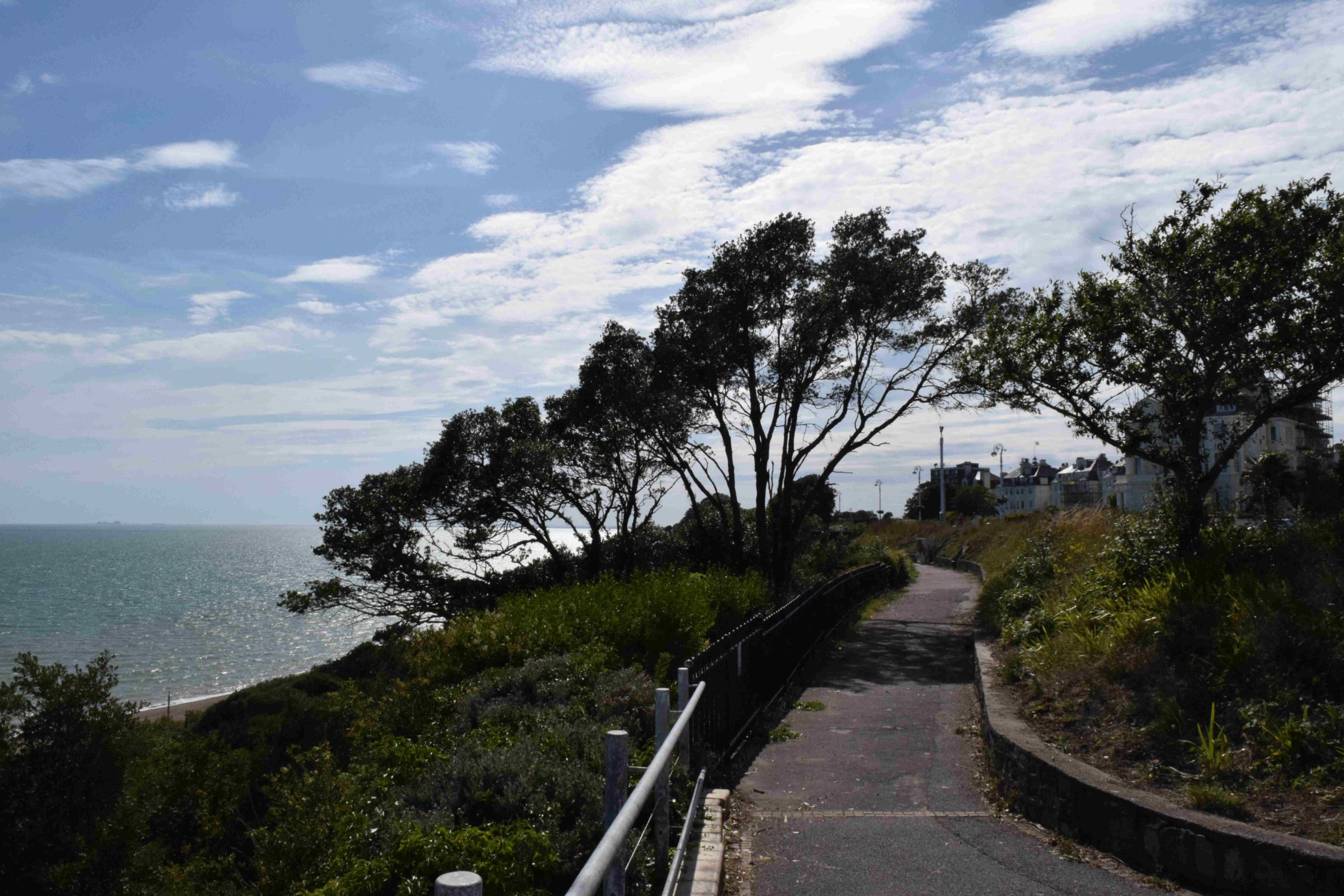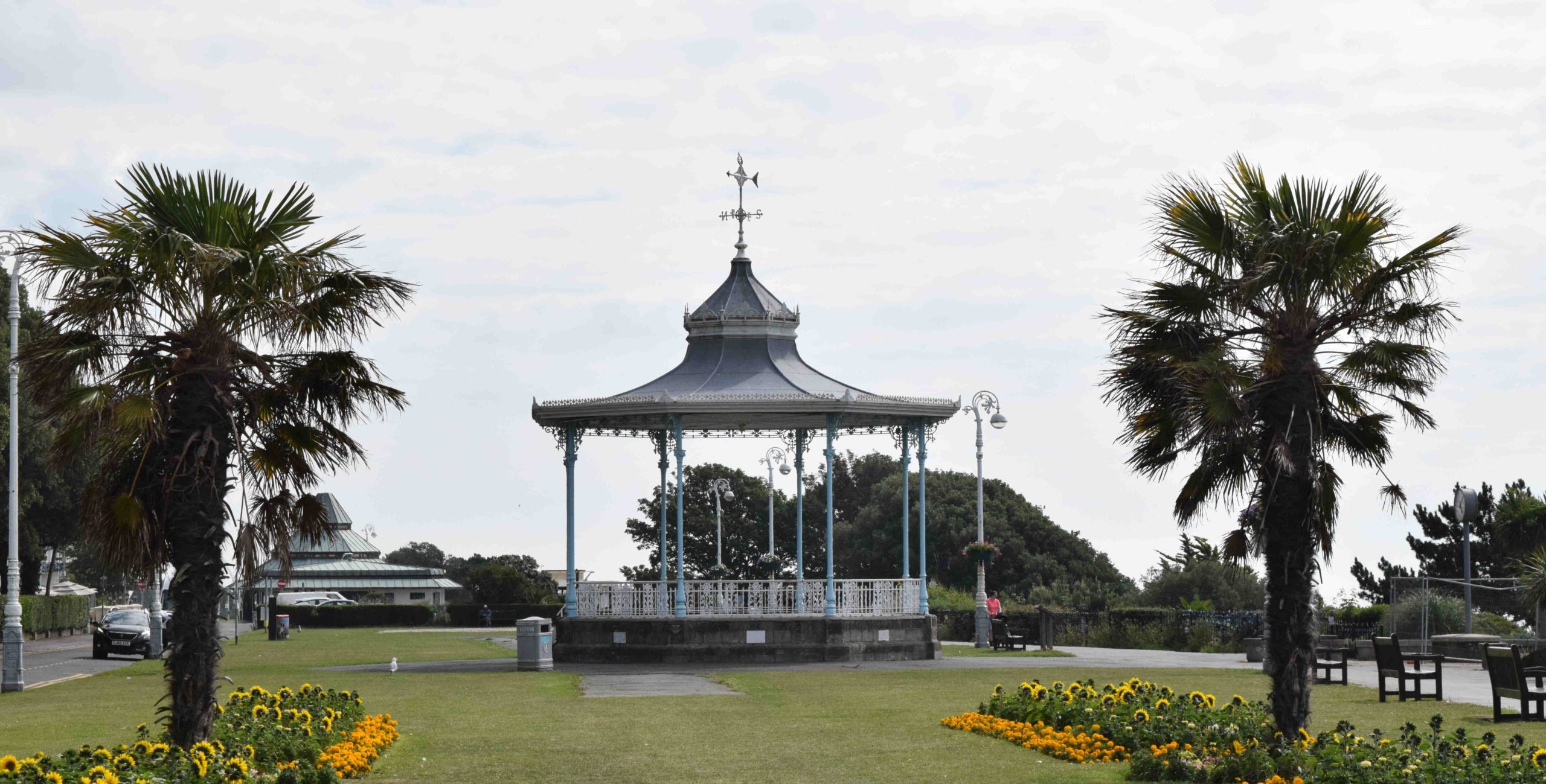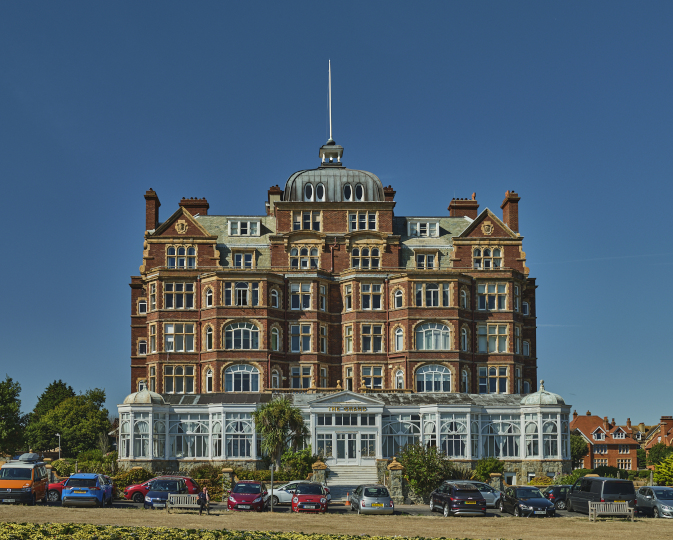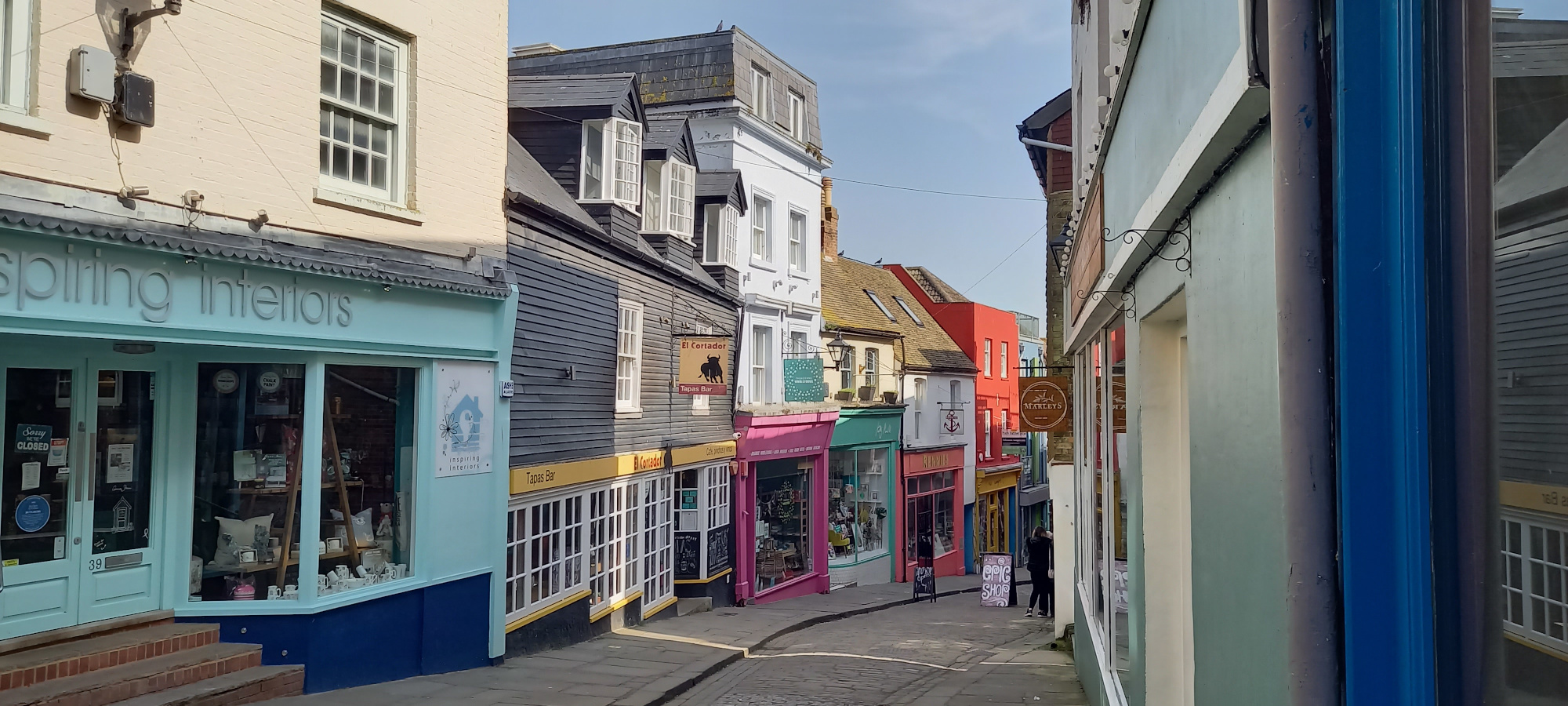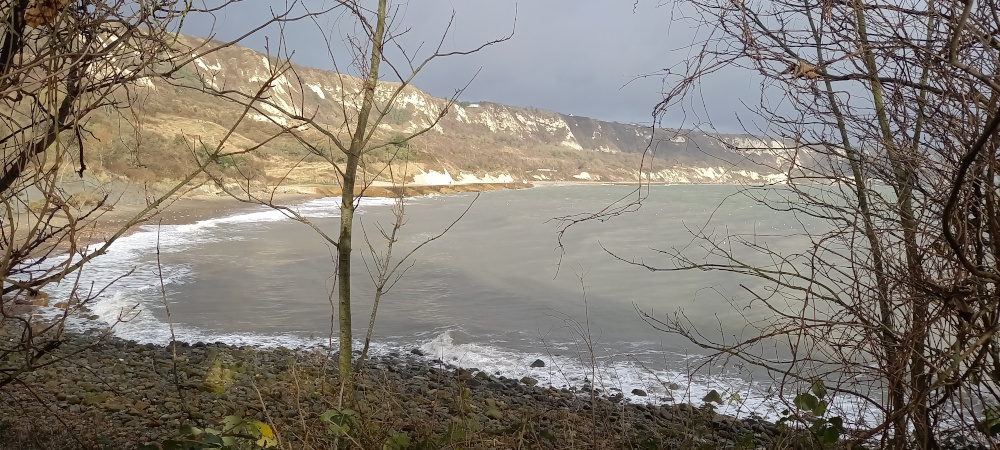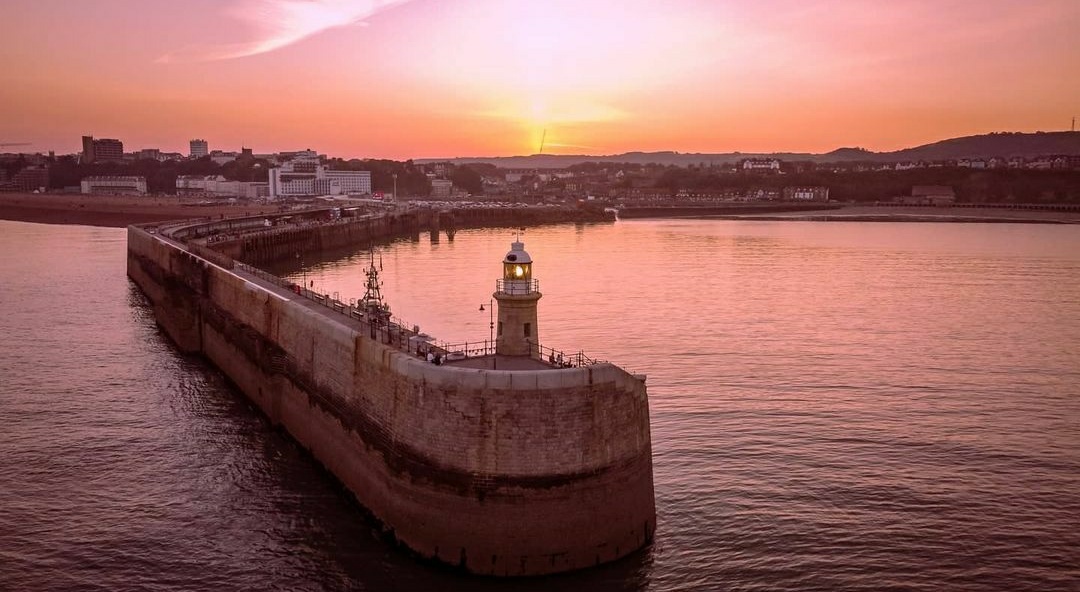Places
The Leas – A mile of Promenading Folkestone’s Cliff Top
On the western side of the town, there is a mile-long stretch of promenade called The Leas. Formerly owned by Lord Radnor, the area was popular with Victorian visitors. The view from the cliff-top across the English Channel changes daily; on a clear day you can see France, almost close enough to touch. Although steeped in history, The Leas is a regular meeting place for events during the summer; it’s a great place to scooter and run; and it’s also a beautiful place to sit and reflect.
Folkestone Artworks
The Leas has been the site of new artworks at each of Folkestone’s Triennial Festivals since 2008. The town hosts an arts festival every three years that sees artworks placed around Folkestone for visitors and residents to discover over a period of 10-12 weeks. Some artworks remain to be part of the UK’s largest open-air art collection. Mark Wallinger’s ‘Folk Stones’ depicts the exact number of British soldiers killed on 1st July 1916 in the Battle of the Somme. Its poignant position on The Leas reflects the route that millions of soldiers took from the top of Folkestone’s cliff, down through the Road Of Remembrance to leave Britain via Folkestone Harbour on their way to fight during World War 1.
Ruth Ewan’s 10 hour clock stands next to the Bandstand, and at the head of the Zig Zag path. Looking out across the channel to France, it’s a reference to Napoleon’s Republican Calendar. Everything was measured in 10s: 10 hours in a day, 10 days in a week and so on. It lasted for 13 years before reverting back to the 12 hour clock!
Spencer Finch’s ‘The Colour Of Water’ is a colour-chart wheel that depicts every colour of the sea observed by the artist over several weeks during 2010. It is fun to match the colour to what you see, and not once yet, has it not had a match!
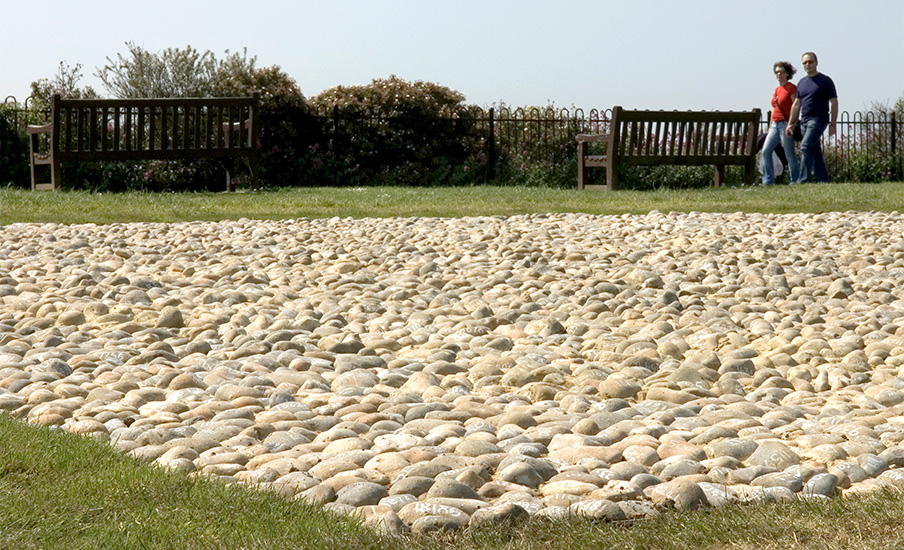

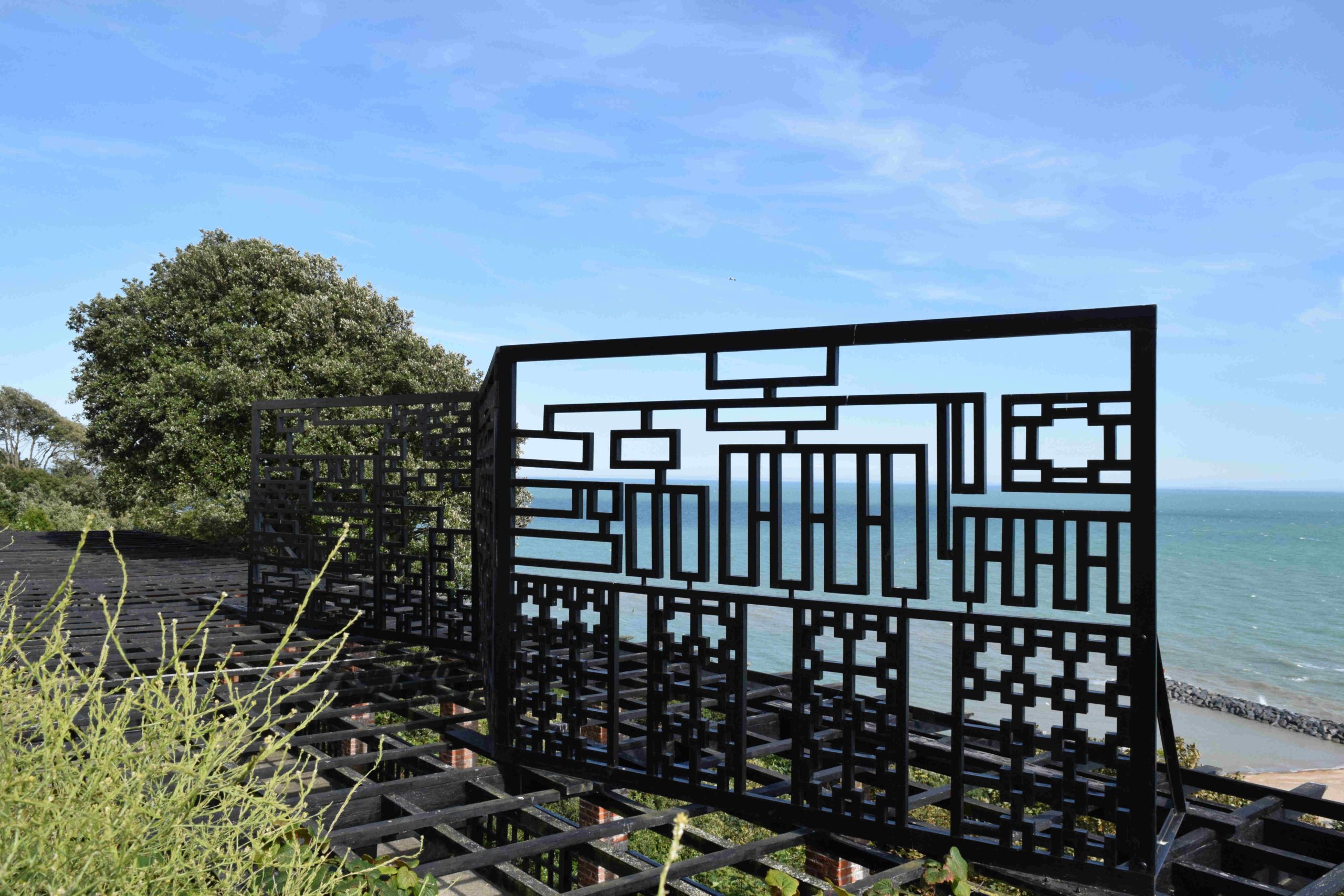
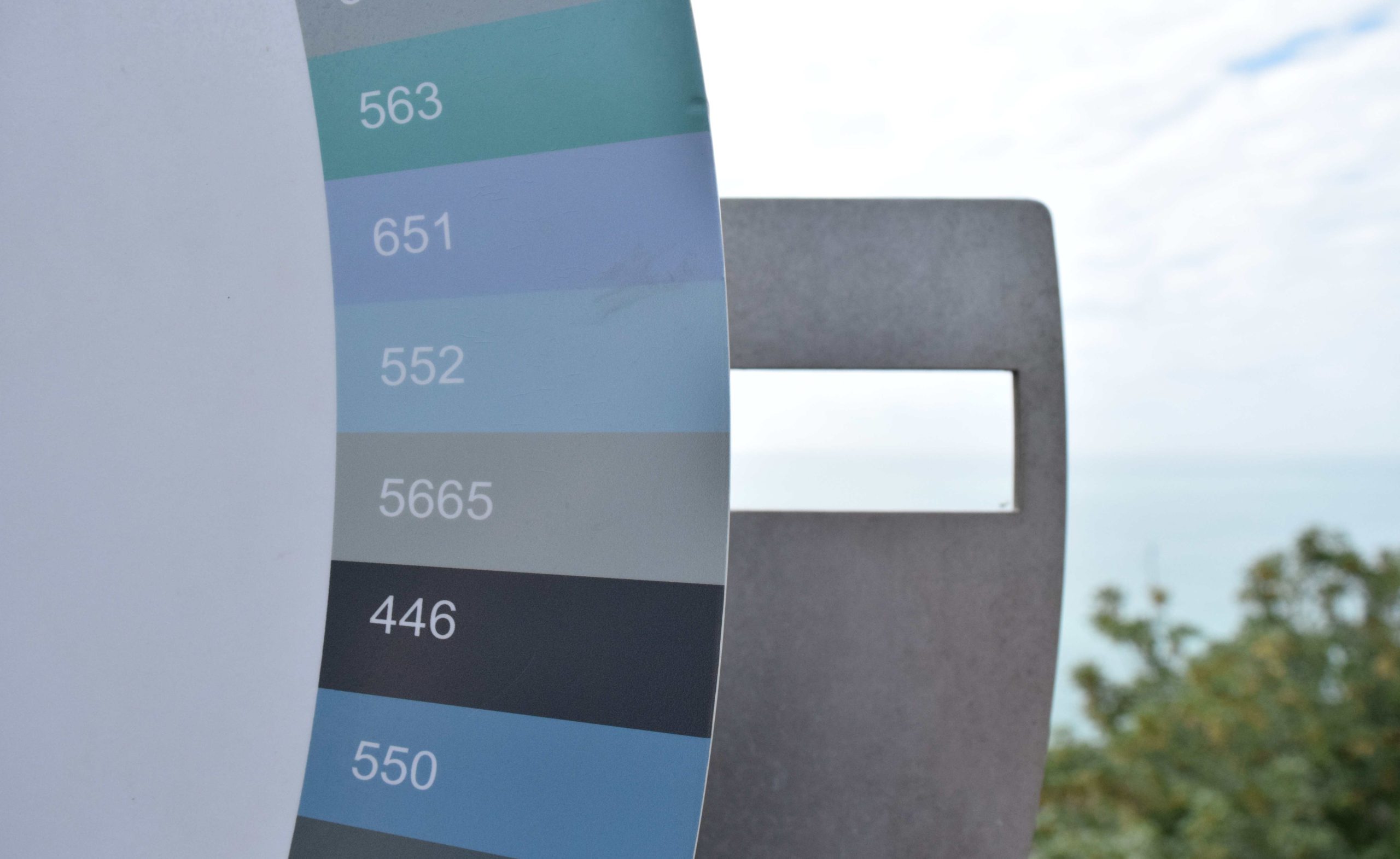
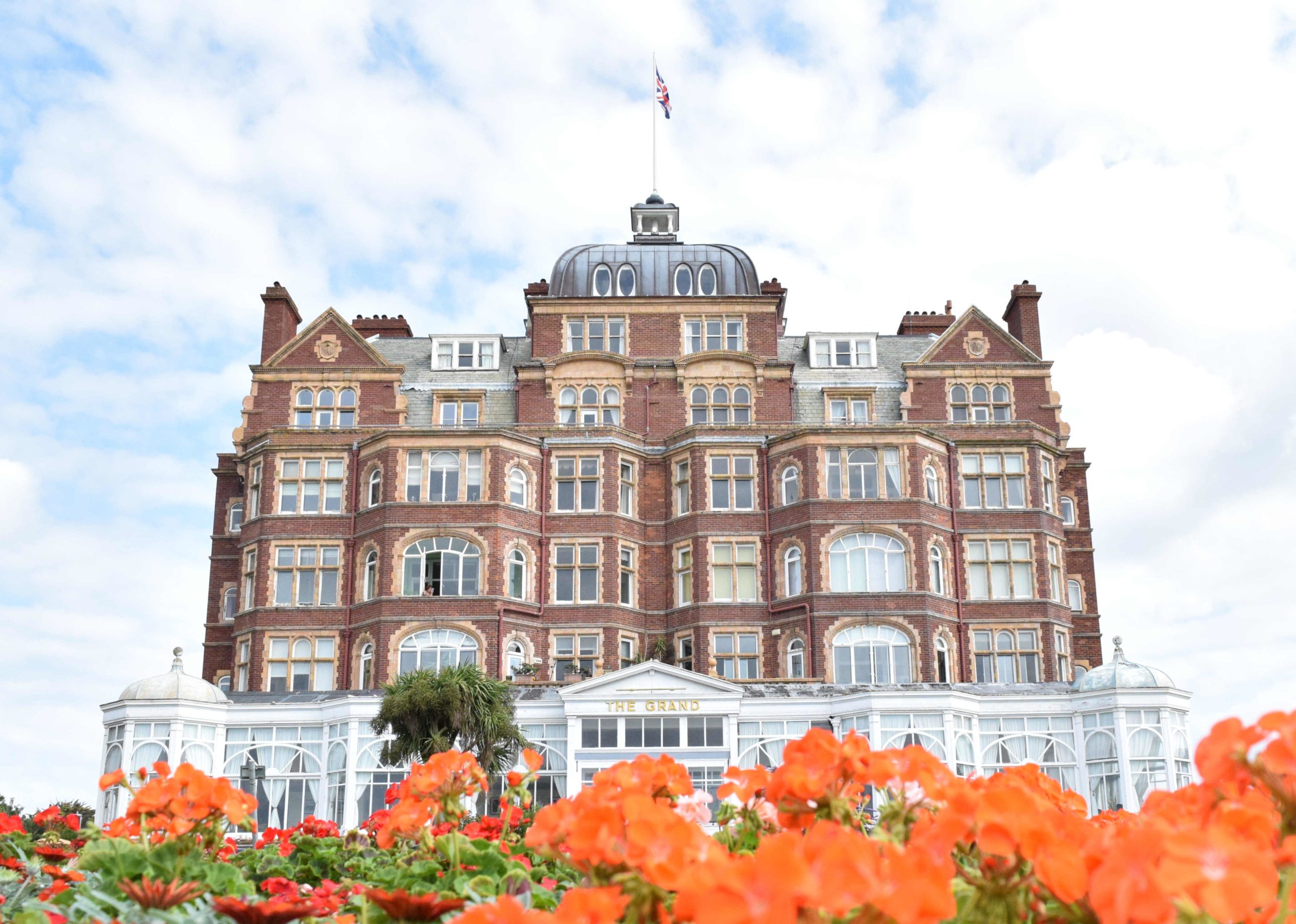
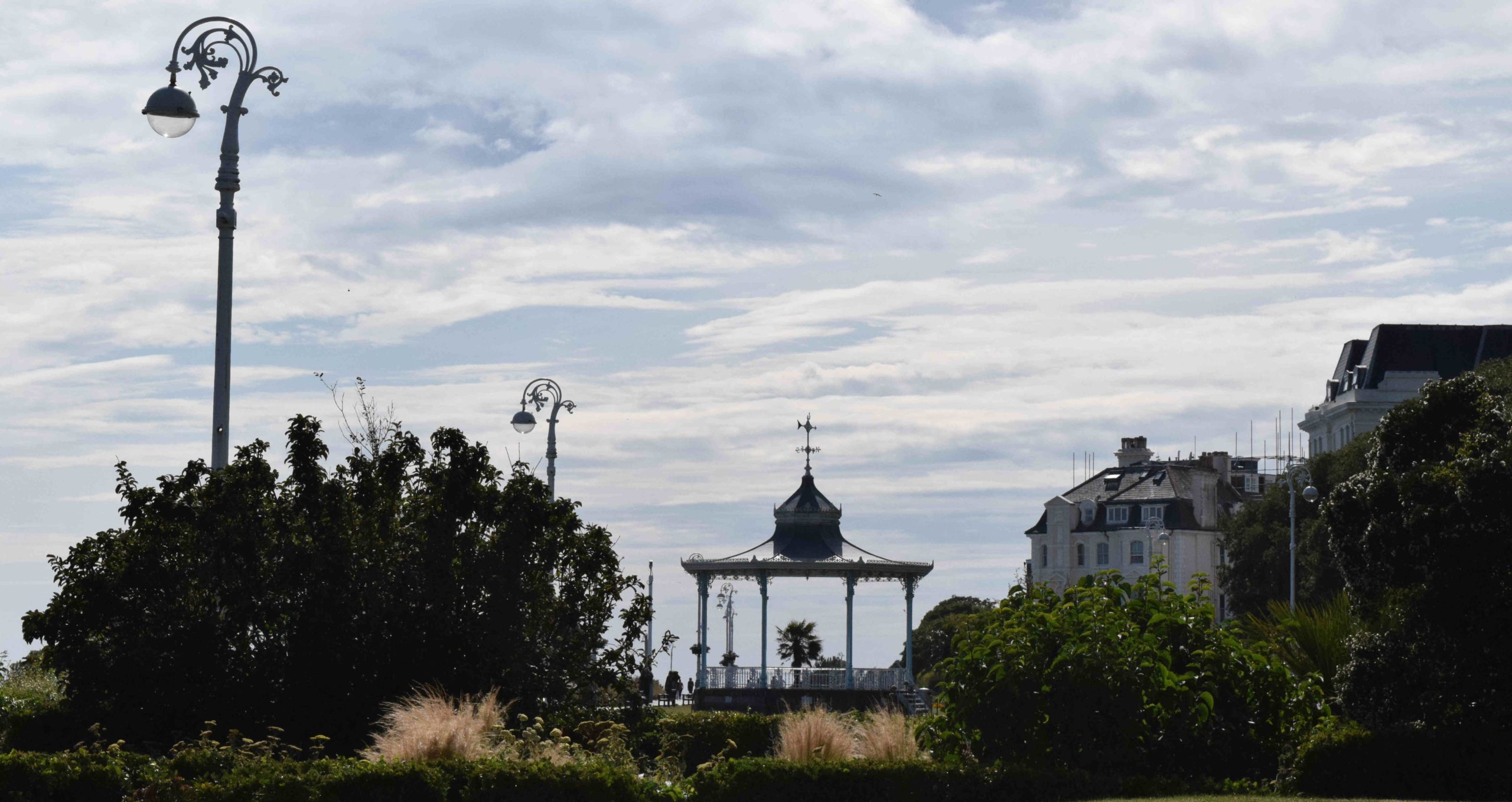
Promenade – Folkestone’s Favourite exercise
The Leas was created for promenading, and it’s a wonderful place to walk. The wide, smooth paths are ideal for family skate-boarding, scooting and cycling. It’s also a great area to exercise your dog whilst taking in the sea views.
At the West end of The Leas are the two Victorian hotels – The Grand and The Metropole. The Metropole has been converted into apartments, but The Grand is still open to visitors for tea, meals and parties. Keppel’s Bar is a call back to the mistress of King Edward VII, Alice Keppel. At the turn of the last century, he would visit often, sometimes with the queen, but more often with Mrs Keppel. Around the corner from The Grand you’ll find The Burlington Hotel and Bay Tree Bar and Grill.
The Bandstand
In the centre of The Leas is the Bandstand which is a regular meeting place for the beginning of Pride marches, and the end of Charivari. It’s a wonderful venue to watch Folkestone’s air displays from and often has live music in the summer. As you look eastwards from The Bandstand you will find the Leas Cliff Hall showing pantomime at Christmas and bands throughout the year.
The Leas Lift can be found between the Leas Cliff Hall and the Step Short Arch. Although currently under renovation, this is one of the few remaining water lifts from the Victorian era.
Moving on towards the east end of The Leas brings you to the Step Short Arch. This is a memorial, erected in 2014 to mark the route troops took down The Road Of Remembrance to the Harbour in World War 1. If you sit and listen, you can hear stories of how the war affected Folkestone during 1914-1918. These are read by local school children.
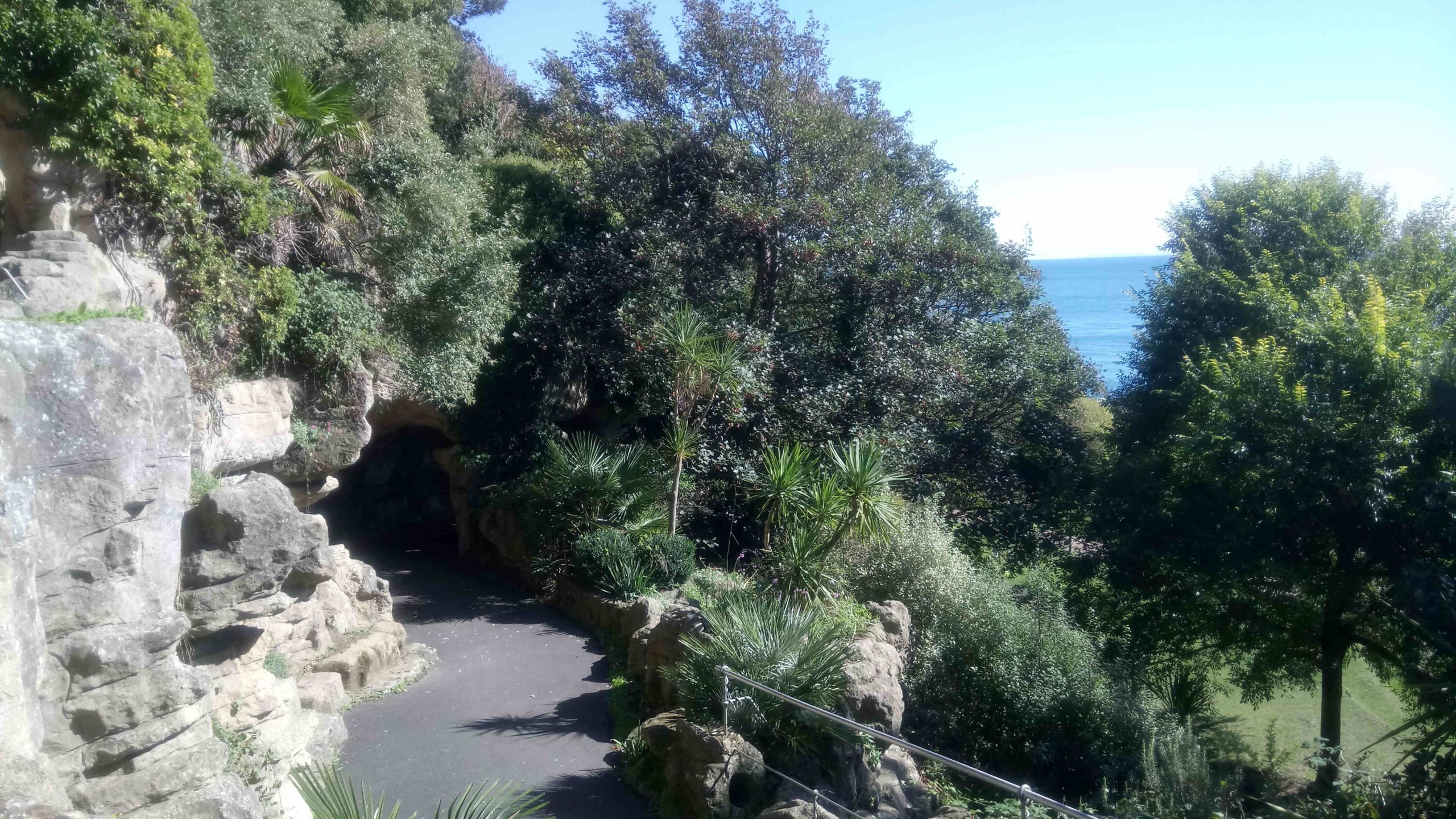
the Zig-Zag Path
There are various paths that will take you from the top level down, through the trees, to the Lower Leas area at sea level. One of these is called the Zig-Zag path, and can be accessed by the ten hour clock near the Bandstand. Its ‘walls’ were constructed in the early 1920s out of a cement made up of clinker and rubble. The area is a listed structure, as this is one of the best examples of ‘Pulhamite’ in the country. The cement was named after the man who invented it, Mr J.R.Pulman from the Pulman and Co, London. They built many caves and grottos around the UK after the First World War. The Zig-Zag path will take you to the centre of the Lower Leas Coastal Park. Make sure you save enough breath to get back up!
